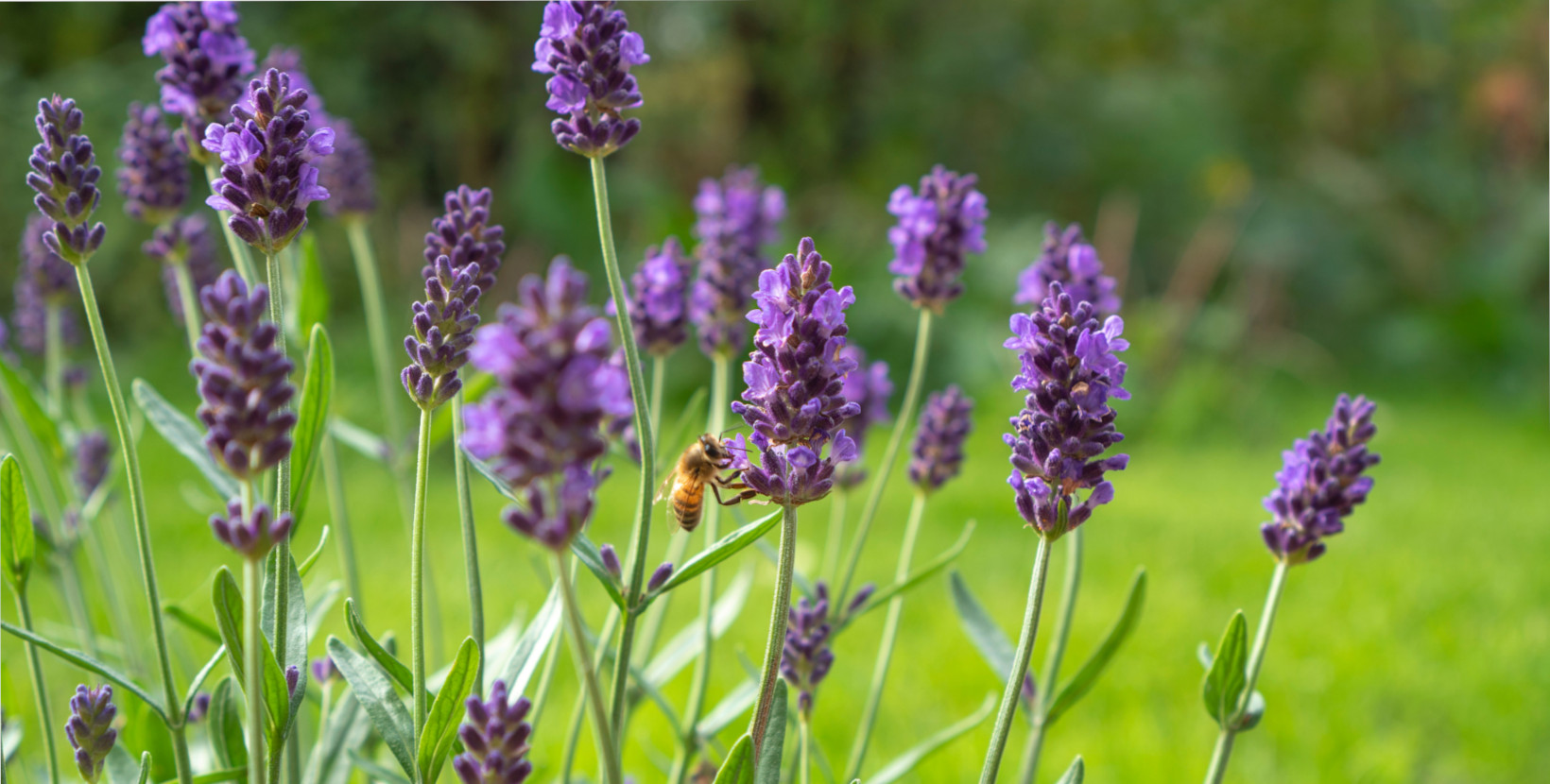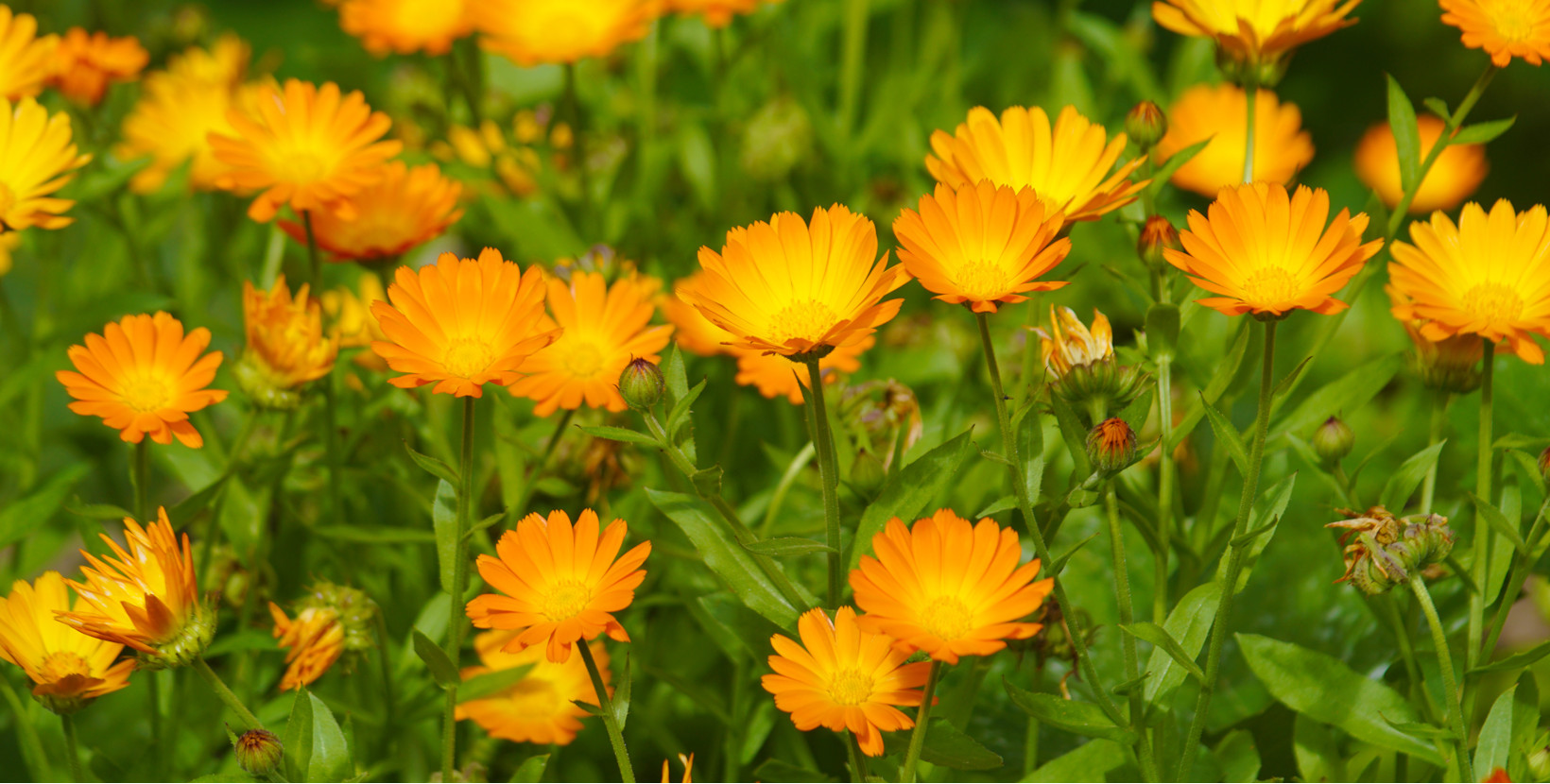Medicinal plants

Lavender
Lavender is a plant native to the Mediterranean basin and the common name by which we are used to identify it (but also the scientific name Lavandula) has been transposed into the Italian language from the Latin gerund of the verb "to wash" (lavandus, lavanda, lavandum = "that must be washed") to allude to the fact that these species were widely used in ancient times to cleanse the body. The ancient Romans used it to perfume the water in public and private baths, and its use for cleansing purposes was revived in medieval times for the ritual of washing. It was the Romans who spread lavender throughout Europe, bringing it with them on every conquest campaign. Until a few decades ago, in our country, it was cultivated for harvesting its flowers rather than for ornamental purposes in gardens. It was also widely used in the perfume industry to produce essences for use in perfumes or soaps. In recent times it has been rediscovered for its ability to adapt to poor and arid soils.
What is lavender?
Lavender is a herbaceous plant belonging to the Lamiaceae family that grows in the form of a shrub. It does not grow very large (it usually reaches a maximum height of half a metre) but tends to grow very wide, in fact its branching makes it a dense plant starting from ground level. The leaves of lavender, which are attached to the stem without a stalk, are lance-shaped and greyish-green in colour. The main characteristic of lavender is that it produces very fragrant flowers in spikes at the ends of long, slender branches. The flowers can change colour and aroma depending on the species. There are, in fact, many varieties of lavender, about forty, which differ in appearance, size, intensity of scent and colour, but retain their resistance and ability to flower and develop even in arid climates and in the almost total absence of water. The medicinal characteristics of lavender also remain unchanged by the species. For our products we have decided to grow Lavandula Officinalis or Angustifolia, which is rich in essential oil and of excellent quality.
Benefits for your skin
Lavender has been one of the most widely used medicinal plants in perfumery for centuries, but it also has very important healing and cosmetic properties. For external use, it has cleansing, anti-inflammatory, antibacterial and healing properties. Cosmetic products containing lavender extract fight the signs of ageing and have a smoothing effect. Its lightening properties help combat dark spots on the skin caused by the passage of time, while its anti-inflammatory and astringent action is useful against pimples and acne.

Calendula
Calendula is a beautiful, easy-to-grow flowering plant with a long tradition in our popular culture. Its botanical name is said to derive from the Latin word 'calendae', meaning the first day of the month. The reference is therefore to the flowering period of the plant, which lasts from spring to autumn. The ancient Egyptians considered calendula to be a rejuvenating plant; the Hindus decorated their temples with it; the Persians and Greeks used its petals to decorate their food. Tradition has it that if the calendula flowers are closed in the morning, it will most likely rain!
What is calendula?
Calendula is an annual herbaceous plant belonging to the Compositae or Asteraceae family. It is characterised by a flower head with a vibrant colour between yellow and orange depending on the variety, while the stem reaches a height of around 50 cm. There are around 30 species of calendula, of which calendula officinalis is the most common in cultivation, also known as calendula or florarancio, and calendula arvensis, which grows wild in meadows. Calendula is a very useful flower for the vegetable garden from several points of view: it attracts pollinating insects such as bees, bumblebees and wasps and its root system naturally keeps nematode worms away from the soil. Because of these characteristics it is a good neighbour for fruit vegetables (e.g. cucumber, pumpkin and courgette). Calendula, however, is best known for its wealth of active ingredients that make it an excellent remedy for many ailments. These include: essential oils, which give it its typical scent and have a powerful anti-inflammatory effect, bitter principles, resins, fatty acids, salicylic acid, saponin, carotenoids, including calendulin, pentacyclic triterpenes, flavonoids, immunostimulating polysaccharides, phytosterols and mucilage.
Benefits for your skin
Calendula flowers, which are also used in the preparation of the mother tincture, have soothing properties on irritations, speed up the healing process of damaged skin and have antioxidant action against free radicals. Calendula is therefore particularly suitable for sensitive or irritated, dry and cracked skin, small wounds, eczema, psoriasis, couperose, sunburn, itching caused by hives or insect bites. It optimises the blood supply to the skin, thus improving its health and appearance.
